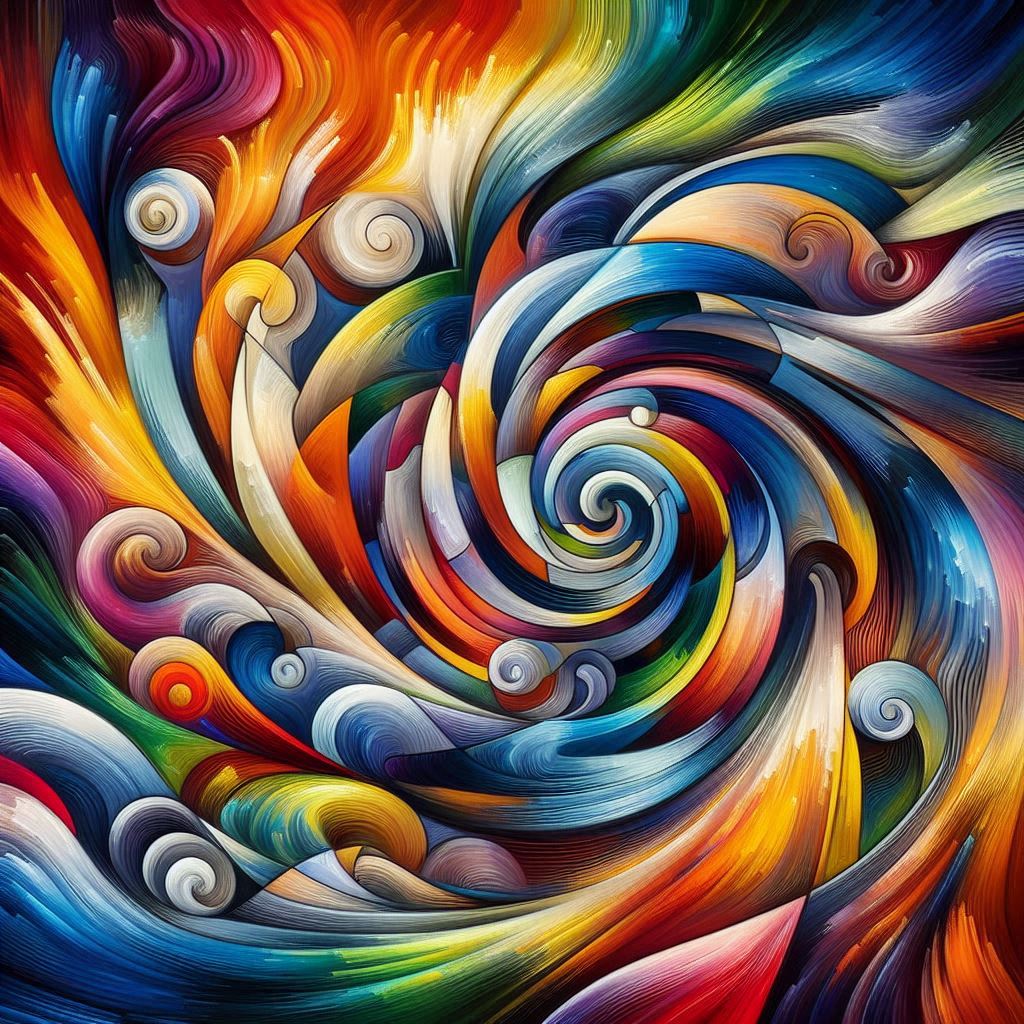Abstract art can feel like a riddle wrapped in a mystery, especially if you’re used to more traditional styles. At its core, abstract art isn’t about replicating the visible world; instead, it dives into feelings, colors, shapes, and forms to express ideas that aren’t always easy to pin down. Stripping away the recognizable, abstract art opens up a rainbow of interpretations based on personal experiences and emotions.
A good starting point is understanding the historical backdrop of abstract art. Emerging in the early 20th century, it rose as artists like Wassily Kandinsky and Piet Mondrian started exploring new ways of seeing the world. They ditched realism and ventured into uncharted territories of color and form. Their innovations laid the groundwork for how abstract art unravels the ordinary and turns it into something extraordinary.
One cool thing about abstract art is its versatility. It doesn’t lock itself into a single narrative. Whether it’s Jackson Pollock’s chaotic paint drips or Mark Rothko’s soothing color fields, there’s always more than meets the eye. It offers freedom not only for the artist to express but also for viewers to decide the story behind the piece.
Why might an artist choose abstraction over more traditional forms? It allows them to focus on broader concepts and emotions, letting go of the precise mimicking of reality. Artists can explore themes of emotional resilience, chaos, or even spirituality in a language that’s universally understood despite its lack of concrete form.
Recognizing some of the big names in abstract art can enrich your appreciation. Take Kandinsky, often hailed as the father of abstract art, who believed in the spiritual power of art. Or Mondrian, who used primary colors and geometric shapes to create harmony and tension. These artists transformed the blank canvas into a playground of infinite possibilities.
While you explore abstract art, remember there are no right or wrong interpretations. Your perspective is as unique as the art itself, making each encounter special. That’s the heartbeat of abstract expression—it’s ever-changing, adapting to whoever stands before it, ready to see beyond the strokes and colors.
The Emotional Palette: How to Connect on a Personal Level with Abstract Art
Emotions run wild in abstract art, making it a personal journey for each individual. It’s like meeting a new friend who speaks a different language, but somehow you still connect. That’s the magic of abstract art; it taps into universal feelings without needing words.
Think about how a piece makes you feel the moment you lay eyes on it. Does it remind you of a sunny day or a fierce storm? See if any colors or shapes suddenly spark a memory. Often, the emotions stirred in you provide clues to what the art is trying to communicate.
Art is all about personal experience. Your life story can influence what you see and feel. If a swirl of blue feels peaceful or a streak of red catches your breath, it’s your own experiences coloring your perspective. This allows every individual to interact with abstract art in a way that’s intimate and fresh.
Mood, color, and texture are the heartbeats of abstract art. Colors can evoke warmth or coolness, movements of smooth or jagged textures might imply calm or chaos, and the mood it sets can shift with each viewer’s point of view. For example, Rothko’s large blocks of colors often evoke deep emotional responses because he crafted them to envelop the viewer, sinking deep into soul-level engagement.
To illustrate this, think back to visitors at a gallery standing silently absorbed by a painting, perhaps shedding a tear or breaking into a smile. Those brief and powerful connections highlight how abstract art speaks volumes without uttering a single word.
To fully immerse in this experience, get comfortable with your interpretations. See what resonates with you and don’t rush it. The more you allow yourself the freedom to feel rather than overthink, the more rewarding your interaction with the art will be. Abstract art provides a canvas for every viewer to reflect on their inner world, unearthing emotions and thoughts that might be surprisingly profound.
A Guide for Art Lovers: Tips and Techniques for Engaging with Abstract Art
When stepping into the world of abstract art, you’re not just a viewer but a participant in a visual conversation. Want to get the most out of it? Approach each piece with curiosity rather than trying to “figure it out.” Focus on what catches your eye and how it makes you feel, rather than getting bogged down by trying to find one correct meaning.
Find a comfy spot in a gallery and let your mind wander. Sometimes the best insights come when you’re least trying. Pay attention to your gut reactions to colors, forms, and patterns. Your instincts often pick up on subtleties your conscious mind might miss.
Art galleries can be a treasure trove of knowledge and inspiration. If you’re at an exhibition, check out the information placards to get a peek into the artist’s mind. Take part in guided tours or discussions. These experiences can provide fresh perspectives and perhaps reveal layers to the art you hadn’t noticed.
Don’t shy away from engaging with fellow art lovers. Hearing others’ interpretations can give you new insights and make the experience more dynamic. You might end up discovering a new angle or idea that resonates with you.
If you’re worried about your “art credentials,” forget about it. You don’t need an art degree to appreciate abstract art. Approaching the art without preconceived notions opens you up to truly personal interpretations. Just relax and let the art speak to you.
Think of viewing abstract art as meditation. Take your time, breathe deeply, and let the artwork wash over you. Visit multiple times to notice how your perception changes. This ongoing exploration can be enriching, revealing how dynamic both the art and your interpretations can be.

